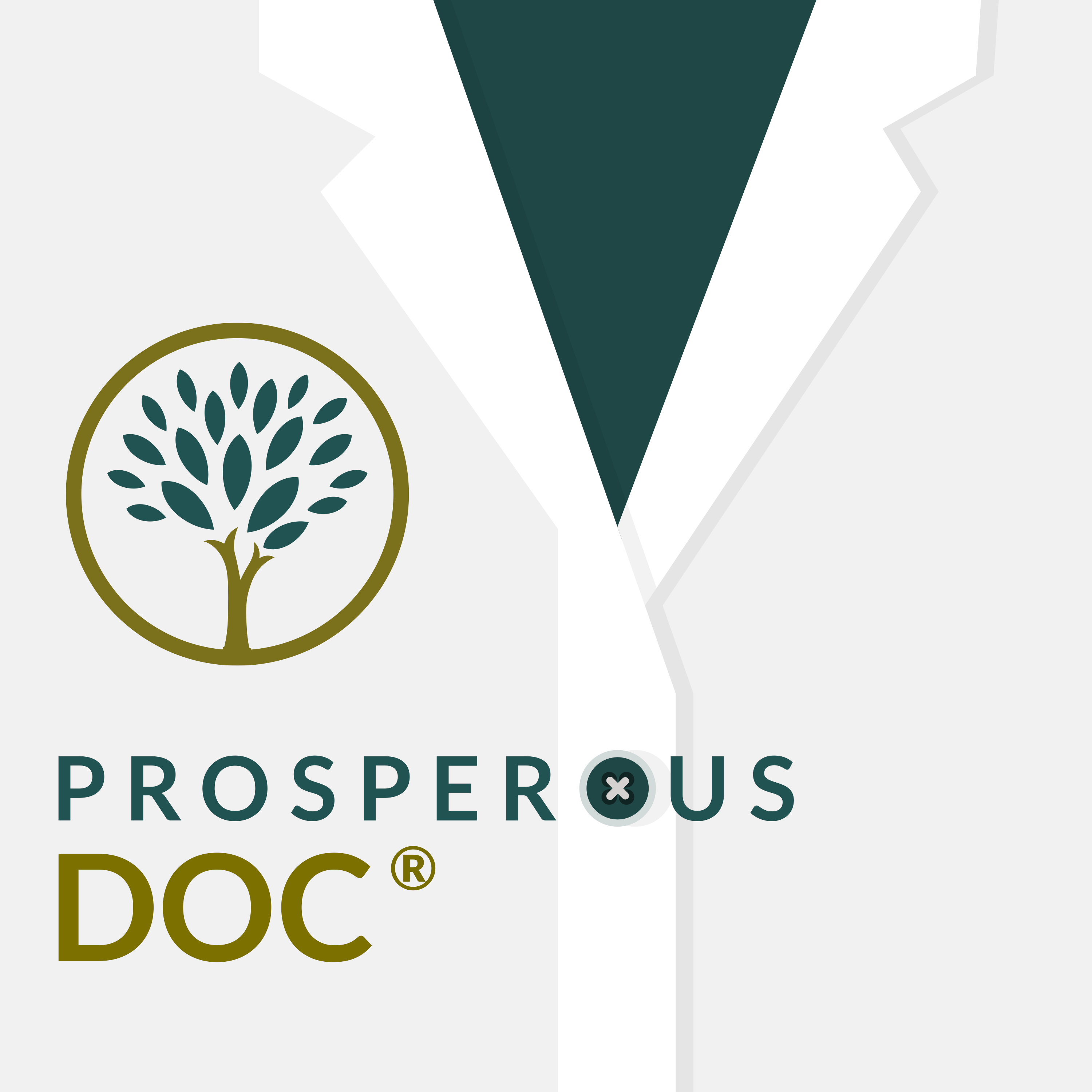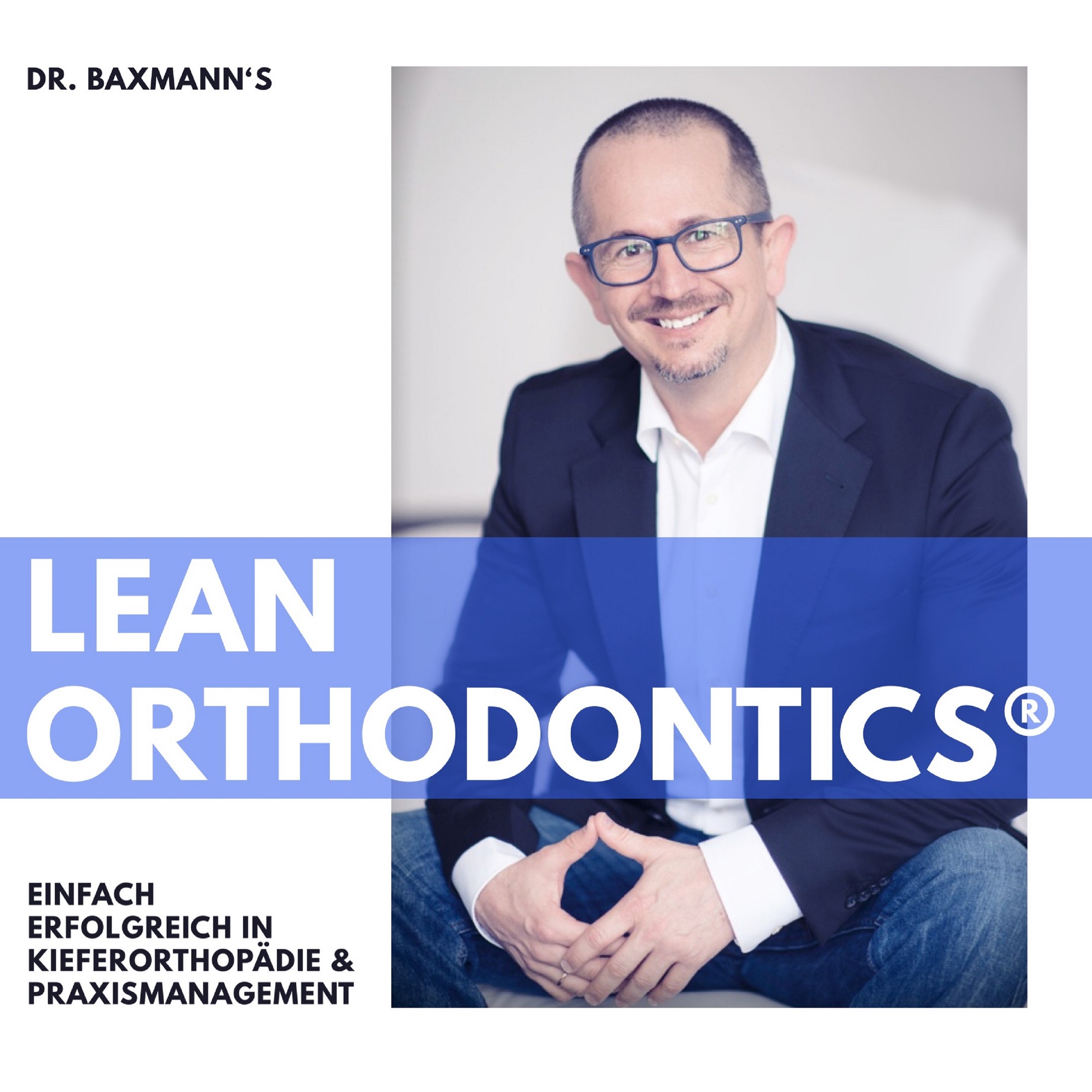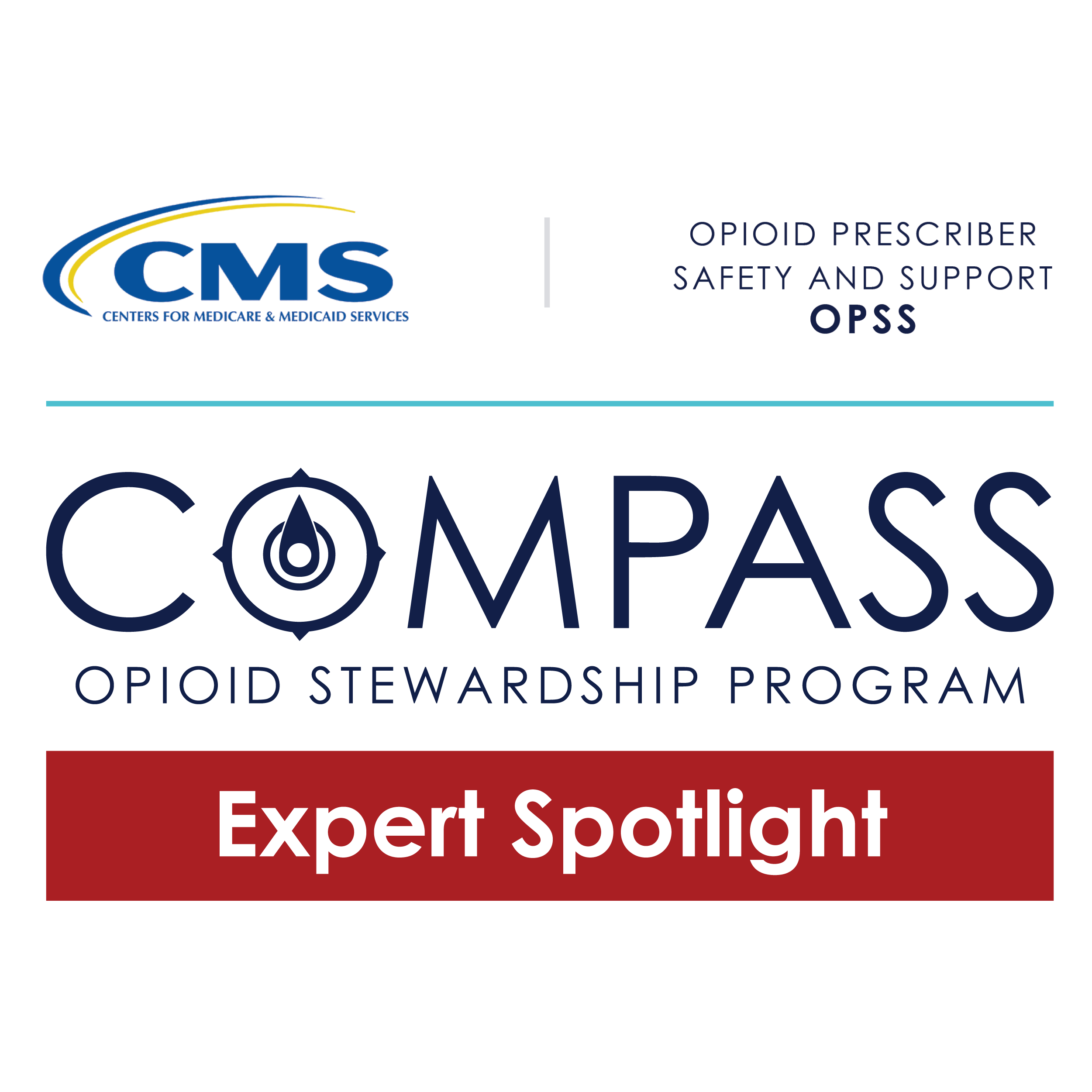 |
Healthcare Interior Design 2.0Author: Porcelanosa
Healthcare design is undergoing a revolutionary transformation. How can we create healing environments that embrace innovation, celebrate human diversity, and serve everyone in our communities? From reimagining cancer care delivery to integrating infection-resistant materials and sustainable product solutions, how can thoughtful design enhance the experience of patients, families, caregivers and clinical staff? With compassion and curiosity, host Cheryl Janis interviews the world's top wellness leaders and healthcare design professionals who are challenging conventional thinking and creating spaces that heal, nurture, and welcome all. Join us as we explore groundbreaking innovations and human-centered approaches that are reshaping the future of healthcare design. Tune in and be part of the conversation that's transforming how we experience healthcare. #DesignHeals #InclusiveHealthcare Language: aa Genres: Arts, Design, Health & Fitness, Medicine Contact email: Get it Feed URL: Get it iTunes ID: Get it |
Listen Now...
Episode 70: Kristin Leija, RID, CIDQ, CHID, EDAC, LEED Green Associate, WELL AP — Registered Interior Designer & Certified Healthcare Interior Designer at Perkins&Will (San Antonio, TX)
Episode 70
Wednesday, 12 November, 2025
"When one of us rises, all of us rise." –Kristin Leija on the Healthcare Interior Design 2.0 podcast Today on the pod, Cheryl sits down—virtually—with Kristin Leija, RID, CIDQ, CHID, EDAC, LEED Green Associate, WELL AP — Registered Interior Designer & Certified Healthcare Interior Designer at Perkins&Will in San Antonio, TX. Kristin brings big-firm reach with a startup spirit—supporting teams across Texas while anchoring in San Antonio's historic Pearl District. As a post-COVID entrant to healthcare design, she pairs digital fluency with CHID/EDAC rigor and a community-first mindset. We talk building credibility without 20 years on the clock, designing for a multicultural city, caregiver realities (including her own), and the rising focus on behavioral health and "living design" sustainability. What We Cover Post-COVID vantage point: translating six-foot spacing, touch reduction, and one-way flows into healthcare planning Earning trust early: leading with research, active listening, and co-authoring solutions with clients Community + culture → design: how San Antonio's "smallest big city" vibe shows up in wayfinding, lobbies, and public spaces Caregiver lens: where do you take sensitive calls, decompress, or bring a child while visiting? Behavioral health everywhere: why BH thinking is showing up across non-BH projects Futurism in practice: scanning signals, staying curious, and shaping what's next Living design: Perkins&Will's holistic take on health, wellness, sustainability, and poetics Key Takeaways Curiosity beats tenure. Showing up with relevant research and good questions builds credibility fast. Design the whole journey. Spaces that respect caregivers' needs (privacy, quiet, nooks) change the experience. Culture isn't décor. Authentic place-based cues support wayfinding, belonging, and ease. Behavioral health is universal. Small, thoughtful interventions can lower stress across all settings. Be a futurist. Track signals, share knowledge, and help clients prepare—not just react. Connect with Kristin Leija Email: kristin.leija@perkinswill.com LinkedIn: https://www.linkedin.com/in/kristin-leija/ Resources & Shout-outs Perkins&Will — San Antonio Studio — Kristin's team; community-rooted healthcare design. https://perkinswill.com/studio/san-antonio/ Perkins&Will Pearl District (San Antonio) — Historic brewery reimagined as a cultural hub where Kristin's studio is based. https://atpearl.com/ Pearl Culinary Institute of America — San Antonio (at Pearl) — Daily energy and inspiration right outside the studio. https://www.ciachef.edu/cia-texas/ Culinary Institute of America Fiesta San Antonio — The city's "party with a purpose," celebrating culture and community each April. https://fiestasanantonio.org/ Fiesta San Antonio UTSA — The University of Texas at San Antonio — Local research partner ecosystem Kristin references. https://www.utsa.edu/ UT San Antonio Wilford Hall Medical Center — Former USAF medical hub meaningful in Kristin's family story. https://www.army.mil/article/273984/wilford_hall_preserving_a_legacy_brick_by_brick Army Design frameworks & focus areas Perkins&Will — Living Design — Holistic health, sustainability, and poetics in practice. https://perkinswill.com/living-design/ Perkins&Will Behavioral Health Design — Kristin's recent work; principles that translate across care settings. (Overview article you can cite as needed.) https://healthcaredesignmagazine.com/news/perkinswill-opens-new-design-studio-in-san-antonio/64570/ HCD Magazine Foresight / Futurism in Design — Signal-scanning mindset to prepare clients for what's next. (Visitor guide to Pearl as a culture/innovation anchor.) https://www.visitsanantonio.com/plan-your-trip/neighborhood-guide/pearl-district/ Visit San Antonio Credentials & organizations CHID — Certified Healthcare Interior Designer (AAHID) https://aahid.org/certification/ AAHID EDAC — The Center for Health Design https://www.healthdesign.org/certification-outreach/edac/ Health Design LEED Green Associate — USGBC https://www.usgbc.org/credentials/leed-green-associate U.S. Green Building Council WELL AP — IWBI https://www.wellcertified.com/well-ap wellcertified.com NCIDQ / CIDQ https://www.cidq.org/ CIDQ Our Industry Partners The world is changing quickly. The Center for Health Design is committed to providing the healthcare design and senior living design industries with the latest research, best practices and innovations. The Center can help you solve today's biggest healthcare challenges and make a difference in care, safety, medical outcomes, and the bottom line. Find out more at healthdesign.org. Additional support for this podcast comes from our industry partners: The American Academy of Healthcare Interior Designers The Nursing Institute for Healthcare Design Learn more about how to become a Certified Healthcare Interior Designer® by visiting the American Academy of Healthcare Interior Designers at: https://aahid.org/. Connect to a community interested in supporting clinician involvement in design and construction of the built environment by visiting The Nursing Institute for Healthcare Design at https://www.nursingihd.com/ ------------ The world is changing quickly. The Center for Health Design is committed to providing the healthcare design and senior living design industries with the latest research, best practices and innovations. The Center can help you solve today's biggest healthcare challenges and make a difference in care, safety, medical outcomes, and the bottom line. Find out more at healthdesign.org. Additional support for this podcast comes from our industry partners: The American Academy of Healthcare Interior Designers The Nursing Institute for Healthcare Design Learn more about how to become a Certified Healthcare Interior Designer® by visiting the American Academy of Healthcare Interior Designers at: https://aahid.org/. Connect to a community interested in supporting clinician involvement in design and construction of the built environment by visiting The Nursing Institute for Healthcare Design at https://www.nursingihd.com/ FEATURED PRODUCT Porcelanosa are at the forefront of sustainable manufacturing – clients not only expect this of their suppliers but are increasingly asking to see the receipts. Let's unpack this, did you know that hundreds of preeminent members of The American Institute of Architects – The AIA – have signed the AIA Materials Pledge? The Pledge is aligned with the Mindful Materials Common Materials Framework – the CMF. This is just one, very impressive example of how the movement to support decision making for building product selection has reached new highs. We can see these explained as 5 pillars of sustainability: (The first) - Human Health: Focusing on avoiding hazardous substances and promoting well-being. (Then) - Social Health & Equity: Addressing human rights and fair labor practices throughout the supply chain. (The third) is Ecosystem Health: Supporting the regeneration of natural resources and habitats. (This is followed by) Climate Health: Reducing and sequestering carbon emissions. (And the fifth pillar) is The Circular Economy: Promoting a zero-waste future through design for resilience, adaptability, and reuse. I mentioned the receipts -How do we track the progress of these principles and values? Without measurement, there's no clear path to improvement or accountability. The Mindful Materials CMF maps a framework of over 650 sustainability factors across those five key areas. A cornerstone of material health transparency is an Environmental Product Declaration EPD report. The best are independently verified for accuracy by third party certification bodies – a company cannot mark their own report cards. EPDs are highly technical documents containing scientific information on the embodied carbon used to manufacture products. I have just read and included here an EPD for a Porcelanosa Tile – there are upwards of 1000 data inputs to quantify its climate impact. Porcelanosa offer the confidence and certainty of knowing that every tile, every slab of XTONE porcelain or KRION solid surface has a Product Specific EPD – when architects and designers work with these materials they are making a robust decision to meet their sustainable design goals. To learn more about how Porcelanosa help their customers design for resiliency, here is a link to their comprehensive Corporate Social Responsibility Report: https://www.porcelanosa.com/en/corporate-social-responsibility/.












